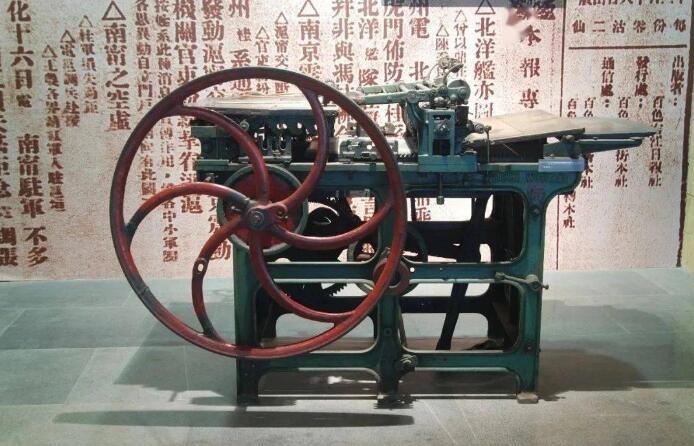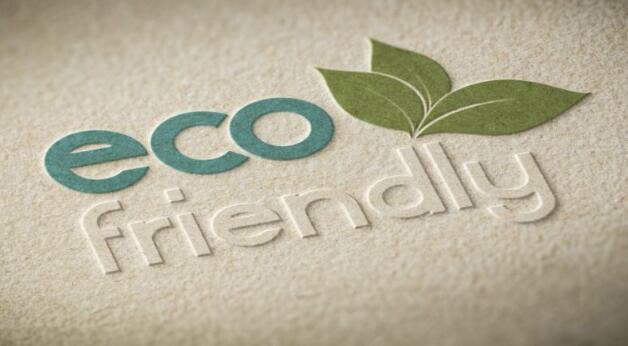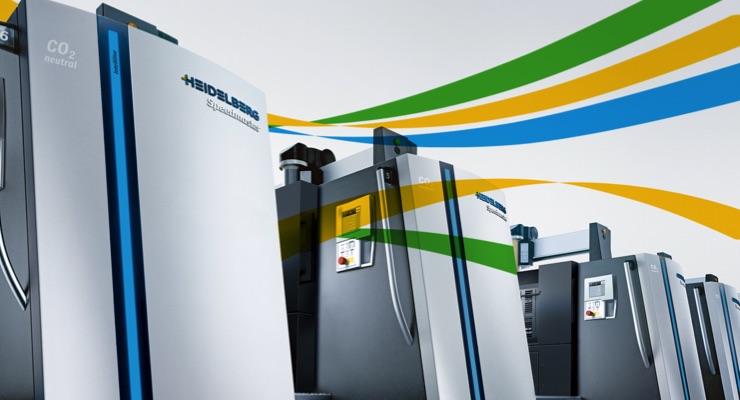 Ink history
Ink history
Aug 18, 2023
China has been producing ink for a long time. The predecessor of ink is loose ink. China uses pine smoke, gum (mainly kraft glue, which plays the role of binding soot) and water to make black ink. It was first used for writing and later used in the woodblock printing industry. Ink developed rapidly in the early days in China. After the Middle Ages, it has been complacent, satisfied with traditional secret recipes, and not very creative. At that time, woodblock printing in Europe was also mainly water-based, but the application was not good, so it was changed to oil. Later evolved into modern printing inks. The development of printing technology stimulates the development of the ink industry, and inks with multiple functions and high quality have appeared to meet various printing requirements.
It is internationally recognized that China is the first country to use ink in ancient civilizations. As early as the Han Dynasty (BC200), China began to use ink.This ink can be used to write and convey information on bamboo and silk. Some of its functions can be compared with contemporary ink phase analogy.
The development of the ink and the development of the printing plate go hand in hand, because the two do not match, the imprint will not be clear, the ink film will fall off, and the printing quality will be affected. For example, the printing plate was in the period of engraving woodblocks, and the ink was made by uniformly mixing and drying the charcoal and gum after burning the wood, which was water-soluble. When printing, ink is applied to the plate, and then the paper is placed on it, and then gently wiped with a cloth or brush, and the graphics on the engraving block can be transferred to the paper through the ink. During the development of the metal plate, because the water-based ink could not be evenly applied to the plate, oil-based ink was invented, which was made by evenly dispersing the pigment in the oil. The original ink pigments are natural inorganic minerals, and the binder is vegetable or animal fat. This kind of ink has slow drying speed, poor gloss of printed products, and poor adhesion to substrates. With the development of the chemical industry, it has brought vitality to the ink industry. New synthetic resins and high-grade organic pigments are widely used in the ink manufacturing, which makes the ink varieties more abundant and the performance better.The development of ink has entered a new stage, and finally the traditional lithography, letterpress, gravure, and screen printing have a complete and mature ink system.
With the advancement of human civilization and the development of the printing industry, substrate materials are constantly being developed and expanded, and printing methods are constantly being introduced. The production process of ink is more sophisticated, and the types and varieties of ink products continue to increase. For example, the promotion of waterless offset printing technology has increased the demand for waterless offset printing inks, and the rise of flexible digital printing has also brought digital printing inks to the stage of history. There is also a strong call for green environmental protection, which has set off the re-selection of ink raw materials and the reform of manufacturing processes, such as water-based inks, soybean-based offset printing inks, UV inks, and FB inks. Ink, the largest source of pollution in the printing industry, is working hard to reduce the volatilization of its organic compounds and the application of harmful metals. We have reason to believe that the future development of the ink industry will move towards the general direction of caring for life, embracing nature, and a harmonious society.
Read More


 Who is really love earth?
Who is really love earth?
 Ink history
Ink history
 Heidelberg is Launching Energy Efficiency Campaign for Print Shops
Heidelberg is Launching Energy Efficiency Campaign for Print Shops